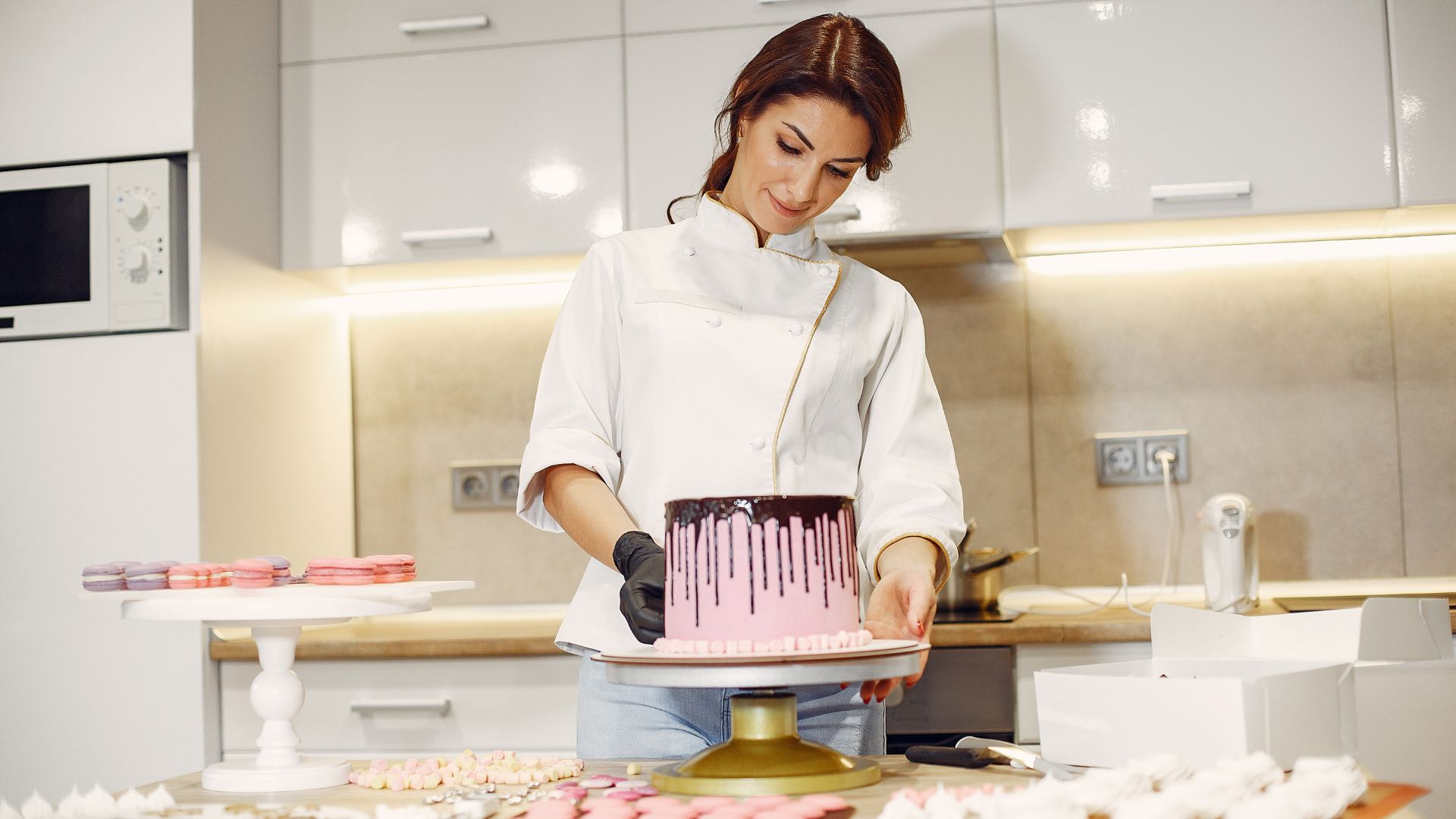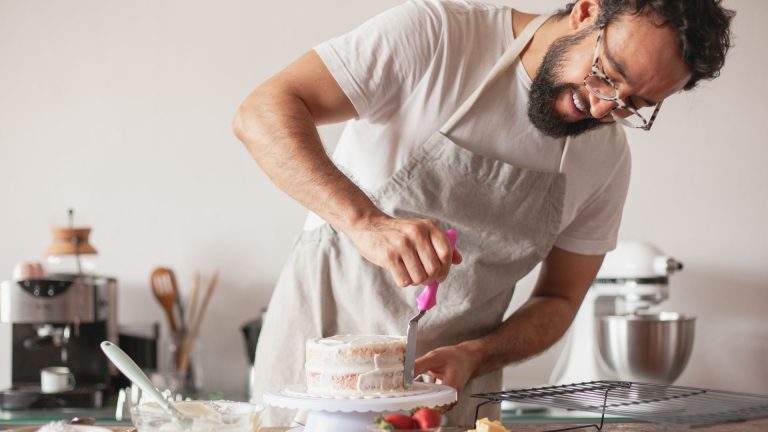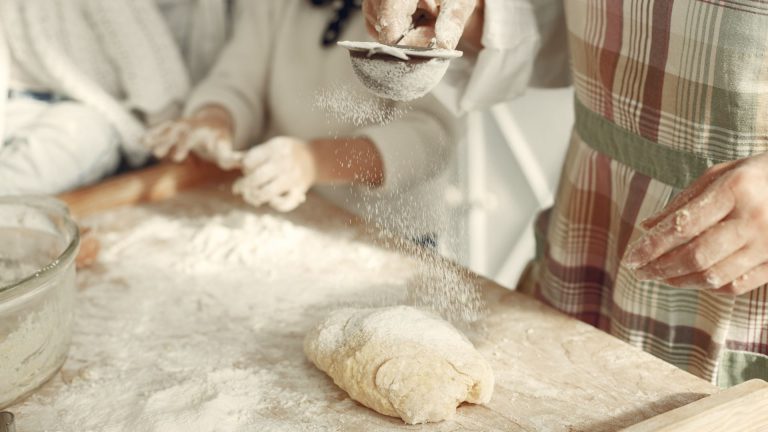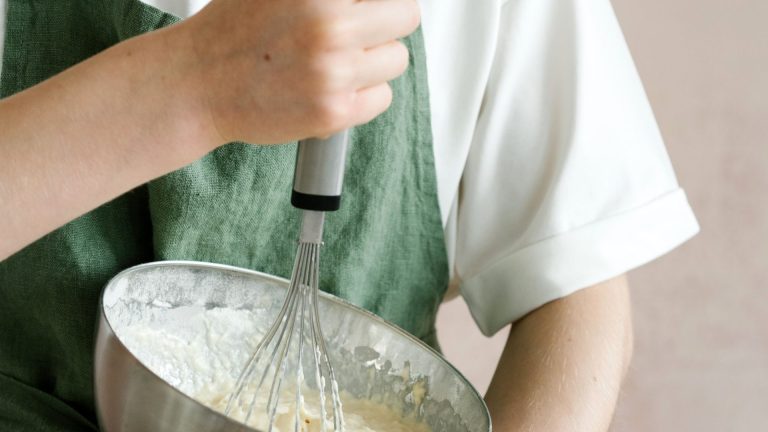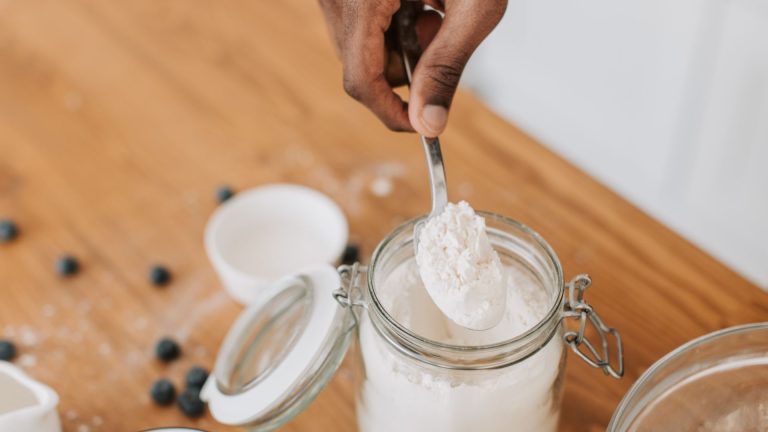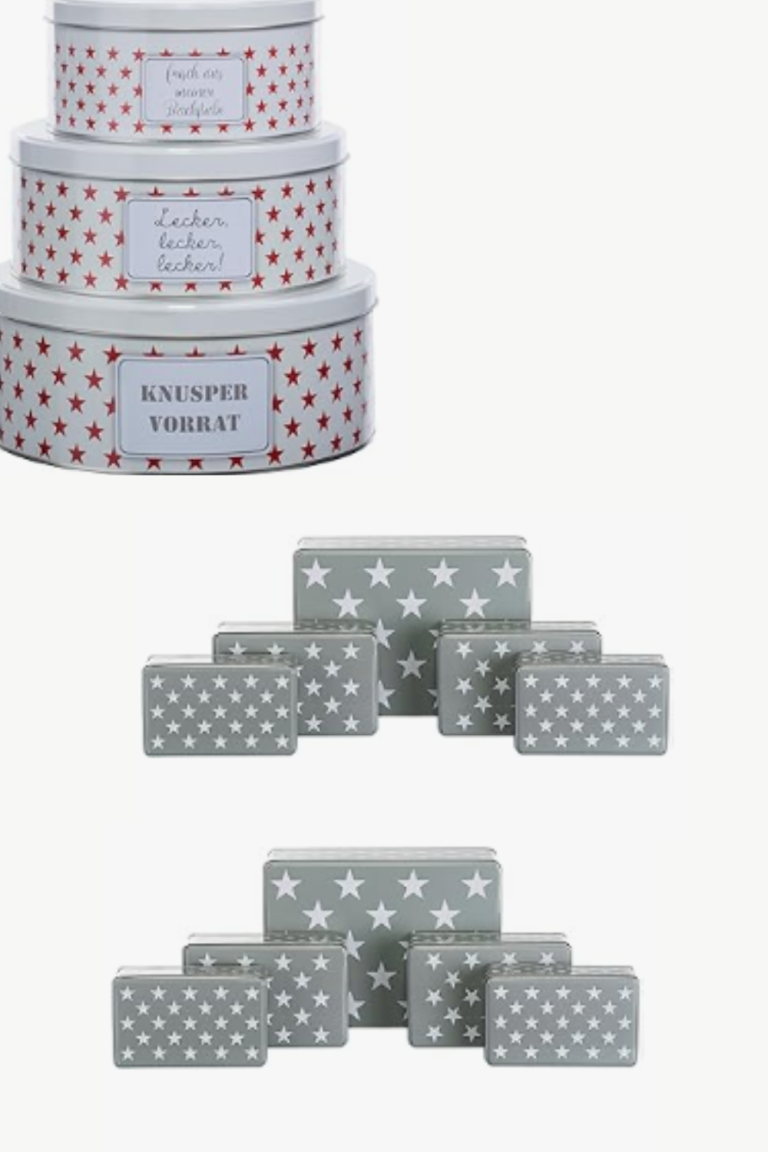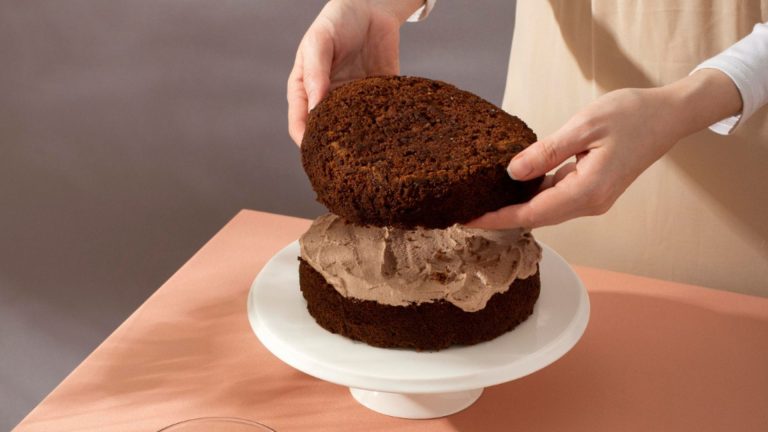WTR: Water Bath Role in Cake Making Explained
In this topic, I’m going to talk about the water bath method, specifically in the context of cake making. From my own personal experience, this technique has been a game-changer in achieving that perfect texture and even bake. If you’ve ever wondered why your cakes sometimes come out uneven or overcooked on the edges, a water bath might just be the trick you need.
Table of Contents
ToggleWhat is a WTR-Water Bath?
A water bath, or “bain-marie” as it’s sometimes called, is a cooking technique where you place a dish or pan inside another larger pan filled with hot water. This setup creates gentle, even heat around the food, preventing direct heat from affecting it. The concept is simple but effective: by surrounding your cake pan with water, you ensure that the cake bakes evenly and gently. == >> Check out the right cake water bath tools and icing ingredients that you need here

The Role of a Water Bath in Cake Making
1. Ensures Even Baking
One of the main reasons to use a water bath in cake making is to ensure even baking. Cakes baked in a water bath are less likely to experience the dreaded overcooked edges or undercooked centers. The water in the outer pan absorbs heat and distributes it evenly, reducing the risk of hot spots and helping the cake rise uniformly.
2. Prevents Cracking
Cracking is a common issue with delicate cakes like cheesecakes or custard-filled cakes. The water bath helps in regulating the temperature, reducing the chances of cracks forming on the surface. It creates a stable, moist environment that minimizes the stress on the cake as it bakes.== >> Check out the right cake water bath tools and icing ingredients that you need here
3. Maintains Moisture
Cakes that bake using a water bath tend to be more moist. The steam from the water keeps the environment around the cake humid, which is especially useful for dense or rich cakes that can dry out quickly. This added moisture helps in retaining the cake’s softness and prevents it from becoming too dry.== >> Check out the right cake water bath tools and icing ingredients that you need here
How to Use a Water Bath for Cake Baking
1. Prepare Your Pan
Start by preparing your cake batter and pouring it into a cake pan. If you’re using a springform pan, ensure it’s tightly wrapped with aluminum foil to prevent water from seeping in.
2. Set Up the Water Bath
Place your cake pan into a larger baking dish or roasting pan. The larger pan should be deep enough to hold a few inches of water. Once the cake pan is set, carefully pour hot water into the outer pan, making sure it comes halfway up the sides of the cake pan.== >> Check out the right cake water bath tools and icing ingredients that you need here
3. Bake
Put the entire setup in the oven and bake according to your recipe’s instructions. The water bath will help maintain an even baking temperature, resulting in a beautifully baked cake.
4. Cool and Serve
Once the cake is done, carefully remove it from the water bath and let it cool. If you used a springform pan, remove the sides gently before serving.
Additional Tips
- Use Hot Water: Always use hot or boiling water for the bath to ensure the temperature remains consistent from the start.
- Check the Water Level: During baking, the water level in the outer pan may decrease. Be sure to add more hot water if needed to maintain the proper level.
Using a water bath might seem like an extra step, but it’s a simple and effective way to enhance your baking results. Give it a try, and you might just find it’s the secret ingredient you’ve been missing.== >> Check out the right cake water bath tools and icing ingredients that you need here
Water Bath Alternatives for Cake Baking
In cake baking, a water bath is a popular technique for ensuring even heat distribution and preventing overcooking. However, if you don’t have the time or materials for a water bath, there are several alternatives you can use to achieve similar results. Here’s a rundown of some effective substitutes to help you get that perfect bake without the hassle.
1. Baking in a Lower Temperature Oven
One of the simplest alternatives to a water bath is to bake your cake at a lower temperature. By reducing the oven temperature, you can slow down the cooking process, which helps to prevent overbaking and ensures a more even cook. This method works particularly well for delicate cakes and custards.
Tip: If your recipe calls for baking at 350°F (175°C), try lowering it to 325°F (160°C). Keep an eye on the cake and test for doneness a few minutes before the end of the suggested baking time.
2. Using a Thick Baking Sheet
Placing your cake pan on a thick, heavy-duty baking sheet can help distribute heat more evenly. The heavy baking sheet acts as a buffer, reducing the direct impact of the oven’s heat on the cake pan. This method is especially useful if you’re working with a cake that tends to cook unevenly.
Tip: Make sure the baking sheet is preheated in the oven before placing your cake pan on top. This will help in maintaining a steady temperature.
3. Creating a DIY Steam Oven
You can mimic the effects of a water bath by creating a steam environment in your oven. Place a shallow pan filled with water on the lower rack of your oven while the cake bakes. The steam from the pan will help keep the oven environment moist, which can prevent your cake from drying out.
Tip: Ensure the pan is filled with hot water and keep an eye on the water level during baking, adding more if needed.== >> Check out the right cake water bath tools and icing ingredients that you need here
4. Covering with Foil
If you’re concerned about overbaking or browning on the top of your cake, covering it with aluminum foil can help. Gently place a piece of foil over the top of your cake pan halfway through the baking time. This will shield the cake from direct heat and help it cook more evenly.
Tip: Make sure the foil does not touch the cake. If needed, use a tented foil to keep it elevated.
5. Using a Silicone Baking Mat
A silicone baking mat placed on the oven rack beneath your cake pan can help diffuse the heat and create a more even baking environment. This method is particularly useful for avoiding direct heat from the oven’s heating elements.
Tip: Silicone mats are reusable and easy to clean, making them a great investment for any baker.
6. Adjusting Pan Size and Shape
Sometimes, using a different pan size or shape can help with even baking. For example, using a pan with a wider surface area will result in a thinner batter layer, which can cook more evenly. Conversely, a pan with higher sides can help with preventing overbaking on the edges.
Tip: Always adjust baking times and temperatures when changing pan sizes to ensure proper cooking.== >> Check out the right cake water bath tools and icing ingredients that you need here
Drilling Deeper: Comparing Water Bath Alternatives
When it comes to baking, understanding the nuances between different methods can make a significant difference in the outcome of your cake. Each alternative to a water bath offers unique benefits and limitations. Let’s drill deeper into comparing these methods to help you choose the best one for your baking needs.
1. Lower Temperature Oven vs. Water Bath
Pros:
Lower Temperature Oven: Using a lower temperature slows the cooking process, which can prevent overbaking and ensure a more even texture. This method also reduces the risk of the cake’s surface becoming too brown before the center is fully cooked.
Water Bath: Provides consistent, gentle heat, preventing overbaking and cracks, especially in delicate cakes like cheesecakes or custards.
Cons:
Lower Temperature Oven: While it can be effective, adjusting the temperature requires more monitoring. You’ll need to extend the baking time, which can complicate scheduling.
Water Bath: Requires additional setup and equipment, such as a larger pan and foil to prevent water leakage.
Best For: Use a lower temperature oven for cakes that are prone to overbaking or for recipes that don’t require the extra moisture a water bath provides.== >> Check out the right cake water bath tools and icing ingredients that you need here
2. Thick Baking Sheet vs. Water Bath
Pros:
Thick Baking Sheet: Provides indirect heat to the cake pan, which can help in achieving a more even bake. It’s also a straightforward method without the need for extra pans or setup.
Water Bath: Ensures even heat distribution around the cake, preventing hot spots and reducing the risk of cracking.
Cons:
Thick Baking Sheet: Might not offer as much moisture protection as a water bath, which can be a downside for recipes needing extra humidity.
Water Bath: Can be more cumbersome to manage, especially if the water leaks into the cake pan.
Best For: Use a thick baking sheet for straightforward cakes that require even heat distribution but don’t need the added moisture from a water bath.
3. DIY Steam Oven vs. Water Bath
Pros:
DIY Steam Oven: Creates a moist environment that helps prevent drying out and can mimic the effects of a water bath to some extent. It’s relatively easy to set up by placing a pan of water in the oven.
Water Bath: Provides a controlled, consistent moisture level around the cake, which is crucial for delicate or rich batters.
Cons:
DIY Steam Oven: The steam can be less controlled compared to a water bath, and you’ll need to keep an eye on the water level throughout baking.
Water Bath: Requires precise management to avoid water from seeping into the cake pan.
Best For: Use a DIY steam oven if you’re looking for a quick and less involved method to add moisture without needing a full water bath setup.
4. Covering with Foil vs. Water Bath
Pros:
Covering with Foil: Simple to implement and can prevent excessive browning or overbaking on the cake’s surface. Foil is readily available and doesn’t require extra pans.
Water Bath: Offers even heat and moisture, making it ideal for preventing cracks and ensuring uniform baking.
Cons:
Covering with Foil: Does not address issues related to uneven baking or moisture loss, and it can sometimes lead to a slightly steamed texture.
Water Bath: Involves more steps and careful monitoring to prevent water leakage and ensure proper baking conditions.
Best For: Use foil coverage for cakes that need protection from direct heat or excessive browning but do not require the extra moisture a water bath provides.
5. Silicone Baking Mat vs. Water Bath
Pros:
Silicone Baking Mat: Helps diffuse heat and prevents direct contact with the oven elements. It’s reusable and easy to clean, providing a consistent baking surface.
Water Bath: Provides a controlled, moist environment around the cake, which is beneficial for even baking and preventing cracks.
Cons:
Silicone Baking Mat: May not provide as much moisture as a water bath, which can be crucial for some recipes.
Water Bath: Involves additional setup and can be cumbersome if not managed properly.
Best For: Use a silicone baking mat when you need to reduce direct heat exposure and promote even baking, especially for recipes that don’t require additional moisture.== >> Check out the right cake water bath tools and icing ingredients that you need here
Comparison Table of Water Bath Alternatives
Here’s a detailed comparison of various alternatives to the water bath method for cake baking. This table highlights key notes and considerations for each method to help you choose the best one for your baking needs.
| Method | Key Notes | Considerations |
|---|---|---|
| Lower Temperature Oven | – Slows down the baking process, allowing for more even cooking.
– Helps prevent overbaking and ensures a tender crumb. |
– Requires longer baking times.
– Needs close monitoring to avoid undercooking. |
| Thick Baking Sheet | – Provides indirect heat, reducing hot spots and promoting even baking.
– Simple and easy to use. |
– Does not provide moisture, so it may not prevent cakes from drying out.
– Less effective for delicate cakes. |
| DIY Steam Oven | – Creates a moist environment by adding a pan of water in the oven.
– Mimics some effects of a water bath. |
– Steam may be less controlled compared to a water bath.
– Requires monitoring of water levels during baking. |
| Covering with Foil | – Prevents excessive browning and protects the top of the cake.
– Easy to implement and manage. |
– Does not address issues related to uneven baking or moisture.
– Can sometimes lead to a steamed texture. |
| Silicone Baking Mat | – Diffuses heat and prevents direct contact with oven elements.
– Reusable and easy to clean. |
– Does not provide additional moisture.
– May not be suitable for very delicate or rich cakes. |
Key Notes and Considerations
Lower Temperature Oven
- Key Notes:
Ideal for avoiding overbaking and achieving even texture.
Slows down the cooking process, which is useful for dense batters.
Considerations:
Baking times will be extended.
Requires careful timing to ensure the cake is fully cooked.
Thick Baking Sheet
Key Notes:
Provides an extra layer between the cake pan and the oven heat, reducing direct heat impact.
Useful for promoting even cooking.
Considerations:
Does not add moisture, so cakes might still dry out.
Might not be as effective for cakes that require a lot of moisture.
DIY Steam Oven
Key Notes:
Creates a humid environment that helps keep cakes moist.
Easy to set up with a pan of water in the oven.
Considerations:
Steam may not be as controlled as a water bath, affecting consistency.
Water level needs to be monitored to prevent drying out or spills.
Covering with Foil
Key Notes:
Prevents the cake’s top from browning too quickly and protects it from overcooking.
Simple to apply during baking.
Considerations:
Does not address internal moisture or uneven baking issues.
Foil can sometimes lead to a slightly different texture due to steam.
Silicone Baking Mat
Key Notes:
Helps diffuse heat and avoid direct contact with oven elements.
Reusable and can provide a non-stick surface.
Considerations:
Does not add moisture, which can be crucial for some recipes.
May not be effective for all types of cakes, especially those that need more moisture.== >> Check out the right cake water bath tools and icing ingredients that you need here
FAQs on Water Bath Alternatives
Here are some frequently asked questions about alternatives to the water bath method in cake baking, along with their answers to help clarify common concerns and provide practical advice.
1. Can I use a lower oven temperature for all types of cakes?
Answer: While lowering the oven temperature is beneficial for preventing overbaking and achieving even texture, it may not be suitable for all cakes. Dense or heavy cakes often benefit from this method, but delicate cakes or those that need a quick rise may not perform as well. Always monitor the cake’s progress and adjust baking times as needed.
2. How do I know if a thick baking sheet will work for my cake?
Answer: A thick baking sheet is effective for even heat distribution, particularly for cakes that tend to cook unevenly. However, it does not provide moisture, so it’s not ideal for cakes that require a humid environment to stay moist. For cakes prone to drying out, you might need additional moisture or an alternative method.
3. What should I use to create a DIY steam oven if I don’t have a pan?
Answer: If you don’t have a specific pan for creating steam, you can use any shallow oven-safe dish or even a small baking pan. Just ensure it’s filled with hot water and placed on a lower rack in the oven. Monitor the water level to maintain steam throughout the baking process.
4. Can I use foil for all types of cakes?
Answer: Foil is great for preventing excessive browning and protecting the cake’s top, but it doesn’t address uneven baking or moisture issues. It’s best used for cakes that are browning too quickly on top or for those that need a bit of protection from direct heat. For moisture-sensitive recipes, consider other methods.
5. How do silicone baking mats compare to traditional baking pans?
Answer: Silicone baking mats offer a non-stick surface and help diffuse heat, which can be beneficial for even baking. However, they do not add moisture to the baking environment. They’re best for cookies, pastries, or cakes that don’t require extra humidity. Traditional baking pans may be more suitable for cakes that need a specific environment to stay moist.
6. How do I prevent water from leaking into my cake pan when using a water bath?
Answer: To prevent leaks, make sure your cake pan is well-wrapped with aluminum foil, especially if you’re using a springform pan. Ensure the foil is tightly sealed around the edges. Additionally, you can place the pan in a larger, high-sided pan and add water carefully to avoid splashing.
Final Words
Choosing the right method for baking cakes can significantly impact the final product. While the water bath method is a tried-and-true technique for ensuring even baking and moisture retention, there are several effective alternatives that can also deliver great results.
Experimenting with lower oven temperatures, thick baking sheets, DIY steam ovens, foil coverings, and silicone mats can help you find the best approach for your specific baking needs. Each method offers unique advantages and is suited to different types of cakes and baking challenges.
Whether you’re an experienced baker or just starting out, understanding these alternatives allows you to troubleshoot common baking issues and achieve the best possible results. Remember, the key to successful baking is often experimentation and adaptation to your kitchen environment and recipe requirements.

Hi!
I’m Mike, the creator of Forum Foodies. In my own personal experience, understanding ingredients is key to great cooking.
Forum Foodies offers guides on various ingredients, from staples to exotic finds. Join our community, share your experiences, and learn from fellow food lovers.
Have questions or suggestions? Email me at info@forumfoodies.com. Let’s embark on this delicious adventure together.
Happy cooking.
Mike/
Related Posts
- BRU: Bruising Role in Cake Making Explained
When it comes to baking, it’s easy to get caught up in the complexities of…
- TMP: Tempering Role in Cake Making Explained
In this topic, I’m going to talk about tempering, a technique that’s often overlooked but…
- FRY: Frying Role in Cake Making Explained
In this topic, I'm going to talk about a fascinating technique in cake making: frying.…
- PST: Pastry Role in Cake Making Explained
When it comes to baking, pastries are often thought of as their own special category,…
- SCR - Scoring Role in Cake Making Explained
When it comes to cake making, every detail matters, from the ingredients you use to…
- STB - Stabilizing Role in Cake Making Explained
When diving into the world of cake making, you might come across the term "STB…
- SHT: Shortening Role in Cake Making Explained
When it comes to baking, especially cake making, there are countless ingredients that can influence…
- STF - Stuffing Its Role in Cake Making Explained
In this topic, I'm going to talk about stuffing, or STF, and its role in…
- SLF: Slaving Role in Cake Making Explained
In this topic, I’m going to dive into SLF – Slaving, and how it plays…
- MAC: Macerating Role in Cake Making Explained
In this topic, I’m going to talk about macerating and its role in cake making,…
- PWT - Powdering Role in Cake Making Explained
In this topic, I’ll talk about PWT – Powdering and its essential role in cake…
- SCR - Scraping Role in Cake Making Explained
In this topic, I’m going to talk about SCR, or Scraping, in cake making. From…
- FRM: Fermenting Role in Cake Making Explained
In this topic, I’m going to talk about fermenting, especially how it plays a role…
- CRB: Carbing Role in Cake Making Explained
In this topic, I’m going to talk about CRB - Carbing, a key ingredient in…
- SPR - Sprinkling Role in Cake Making Explained
In this topic, I’m going to talk about SPR - Sprinkling, and how it plays…

